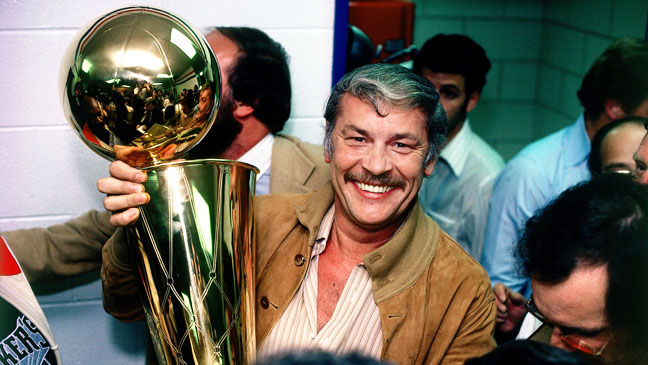In a blog posted by the Philanthropy News Digest, a service of the Foundation Center, roughly 60 percent of the million-dollar-plus charitable gifts made between 2000 and 2011 came from donors who live in the same geographic region as the recipient organization, a study from the Indiana University Lilly Family School of Philanthropy finds.
According to A Decade of Million-Dollar Gifts: A Closer Look at Major Gifts by Type of Recipient Organization, 2000-2011 (91 pages, PDF), roughly half of all publicly announced gifts of at least $1 million — 47 percent of the total number of gifts and 52 percent of the total dollar amount — came from donors based in the same state as the grantees, while almost 60 percent came from donors in the same geographic region. Based on an analysis of data from the School of Philanthropy's Million Dollar List, the report found that that five types of organizations — health nonprofits; institutions of higher education; arts, culture, and humanities groups; foundations; and government agencies — received at least half of their million-dollar-plus gifts from donors in the same state.
Among different types of recipient organizations, the lion's share of gifts of at least $1 million between 2000 and 2011 went to institutions of higher education, which received 32 percent of the total dollar amount and 48 percent of the total number of gifts, and foundations, which collected 36 percent of the dollars from just 1 percent of the gifts. The report also found that gifts from individuals (including bequests) accounted for 40 percent of the number of gifts and 65 percent of the dollar amount, while foundations contributed 43 percent of the gifts and 25 percent of the dollar amount.
Gifts to most types of recipient organizations declined or were relatively low during the 2001-03 and 2008-10 periods, suggesting the negative impact of the two recent economic downturns on giving at the million-dollar level and above. The study also suggests that giving to educational, environmental, international, and arts, culture, and humanities organizations is especially sensitive to macroeconomic factors. While giving has not yet recovered to pre-2008 levels, 2011 saw a modest increase in seven-figure and larger gifts to most types of recipient organizations.
"The opportunity to strengthen one's community can be highly attractive to potential donors," said Robert Kissane, president of consulting/management firm CCS, which sponsored the report. "Nonprofit organizations that effectively communicate potential impact and seek out the right local donors may experience transformational gifts. Thoughtful cultivation and stewardship of these donors can often lead to life-long philanthropic partners and community-based advocates as well as influence peer giving within the community."
Indiana University Lilly Family School of Philanthropy Report 4/17/13.
“The Million Dollar Gift Next Door.”
Indiana University Lilly Family School of Philanthropy Press Release 4/17/13.
http://foundationcenter.org/pnd/news/story.jhtml?id=418700021






